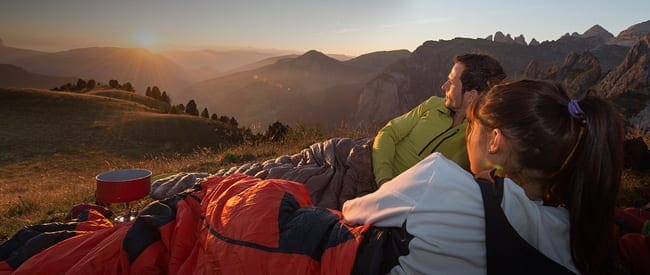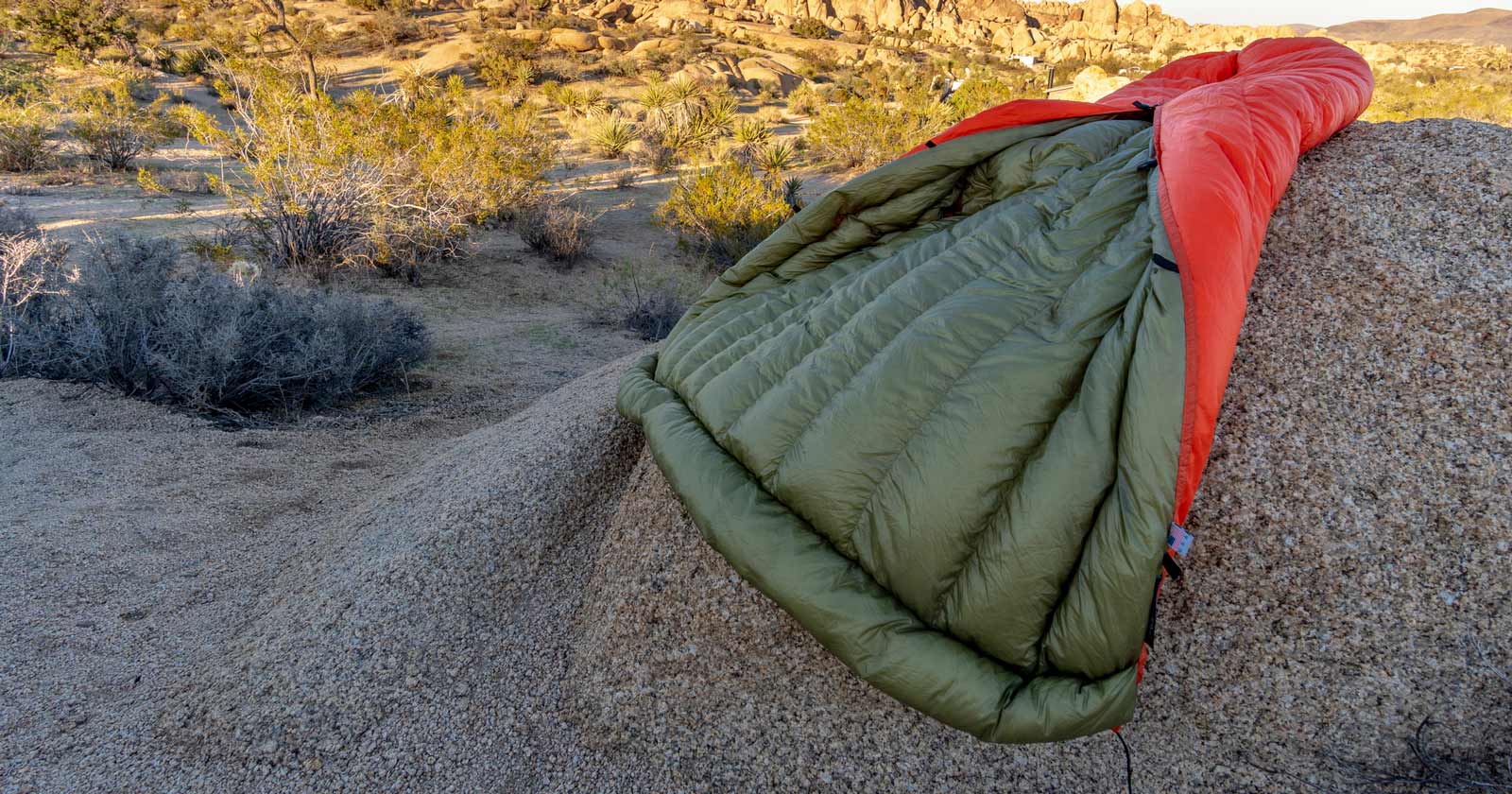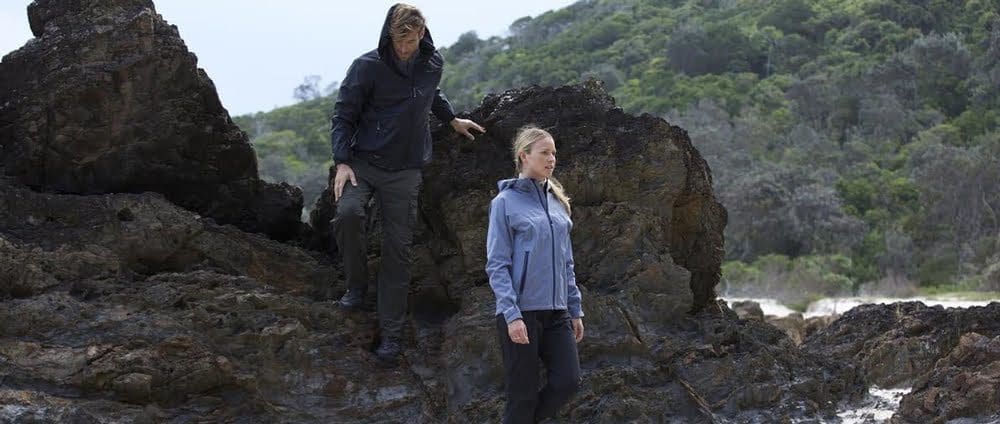Heading out on an overnight hike or multi-day adventure requires meticulous planning, and your gear is the cornerstone of a successful adventure. This comprehensive checklist covers everything from essential shelter and sleep systems to safety essentials, cooking equipment, and personal care items. Let’s explore why each item is crucial for your outdoor expedition.
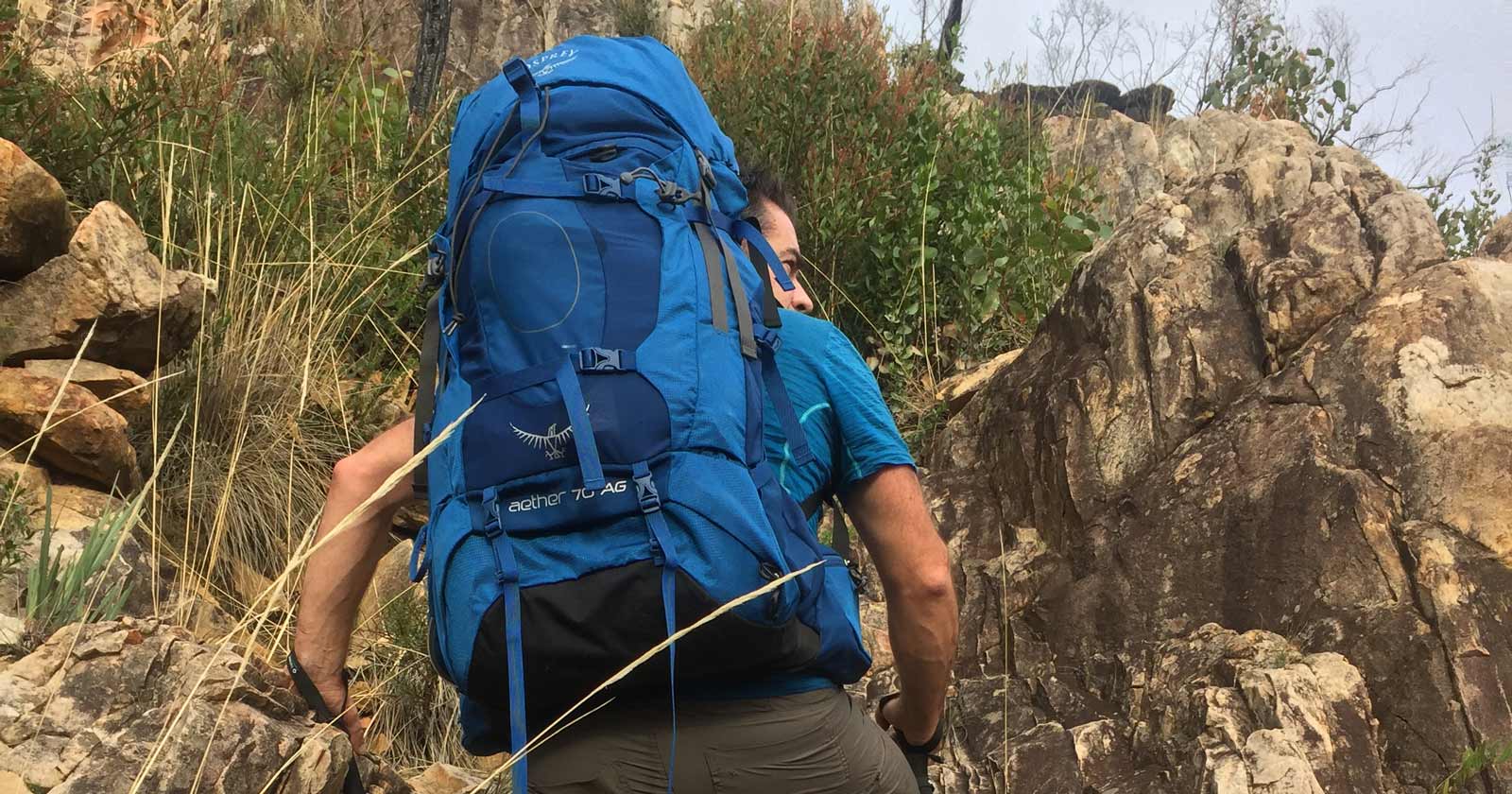
The foundation: Backpack, shelter, and sleep
Backpack: Your backpack is your mobile home, so choose one that’s comfortable, supportive, and has ample capacity for your gear. A pack cover or liner is essential for protecting your belongings from the elements.
Shelter: A reliable shelter is non-negotiable. Whether you opt for a tent or a hammock with a rain fly, it provides crucial protection from unpredictable weather conditions. A tent footprint safeguards the base of your tent, extending its lifespan and offering added insulation.
Sleep System: A comfortable sleep system is paramount for recharging after a day on the trail. A sleeping bag or quilt, paired with a sleeping pad, creates a cozy sanctuary. For added comfort, consider bringing a pillow or repurposing a stuff sack filled with clothing.
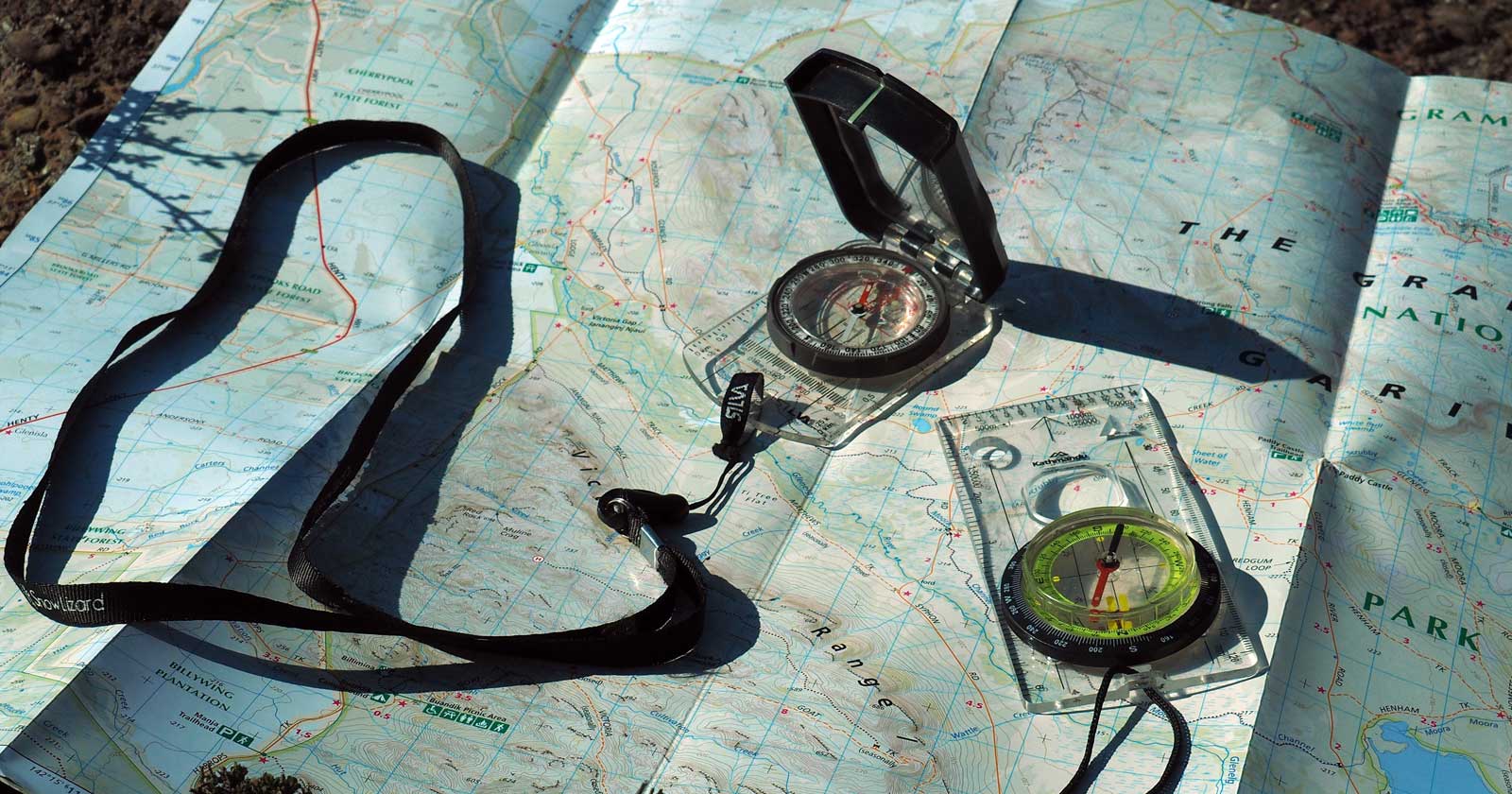
Safety first: Navigation and emergency preparedness
Navigation: Navigating unfamiliar terrain demands reliable tools. A combination of map, compass, GPS device, or a reliable hiking app is ideal. Redundancy is key, so always carry a backup option.
Emergency Gear: Safety should be a top priority. A Personal Locator Beacon (PLB) or satellite messenger can be a lifesaver in emergencies. Your phone, equipped with a fully charged portable charger, is another vital communication tool. Essential safety gear includes a survival bracelet, first aid kit, survival kit, pocket knife, fire starter, whistle, and emergency bivvy. Don’t forget to carry a detailed trip itinerary and emergency contact information.
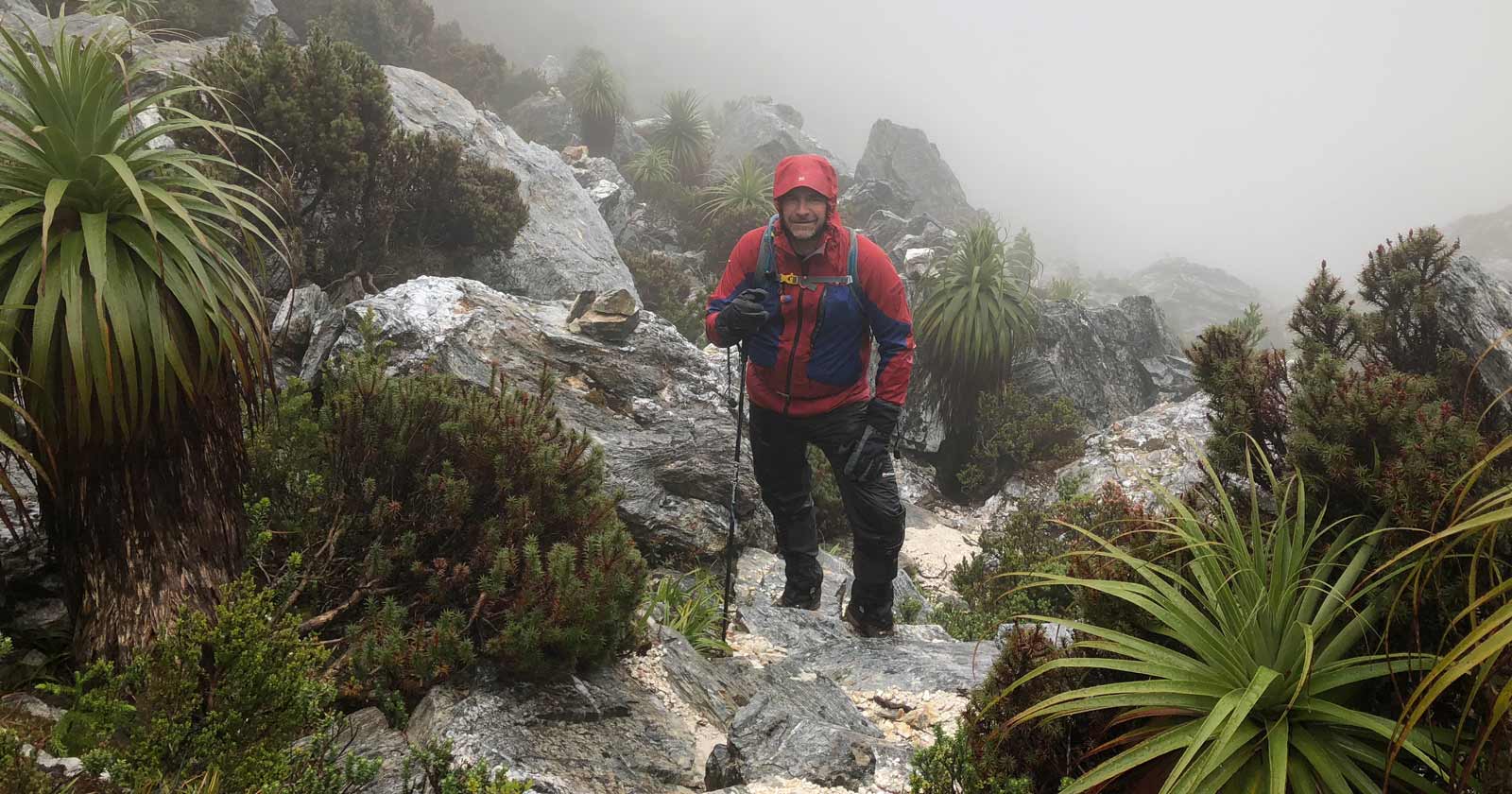
Essential clothing for all conditions
Layering: Layer your clothing to adapt to changing weather conditions. Moisture-wicking base layers regulate body temperature, while insulation like a fleece or down jacket provides warmth. Waterproof outerwear is crucial for shielding you from rain.
Footwear and Accessories: Versatile hiking pants or shorts are ideal, and gaiters protect your lower legs from debris and insects. Proper footwear is essential. Hiking boots or shoes, camp shoes, and optional water shoes cover various terrain and activities. Complete your outfit with hats, gloves, socks, and a buff or neck gaiter to protect your extremities.
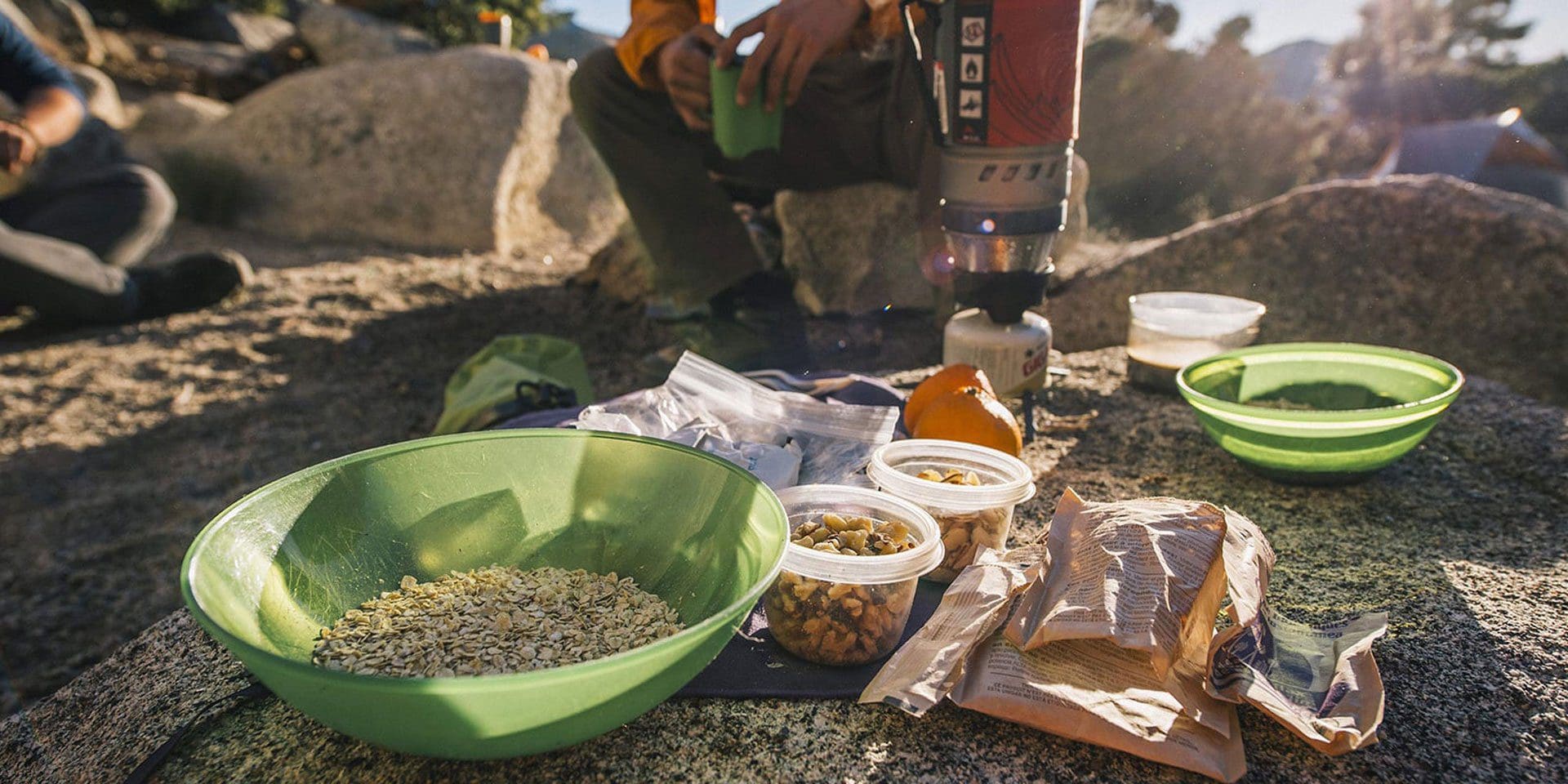
Nourishment and hydration: Fueling your adventure
Cooking Equipment: A portable stove, fuel, lighter, cooking pot/pan, dinnerware, and utensils are essential for preparing meals. A water container, filter or purification tablets, and biodegradable soap for cleaning are crucial for staying hydrated.
Food Supplies: Pack lightweight, non-perishable meals, high-energy snacks, and trash bags to manage your food supply responsibly.
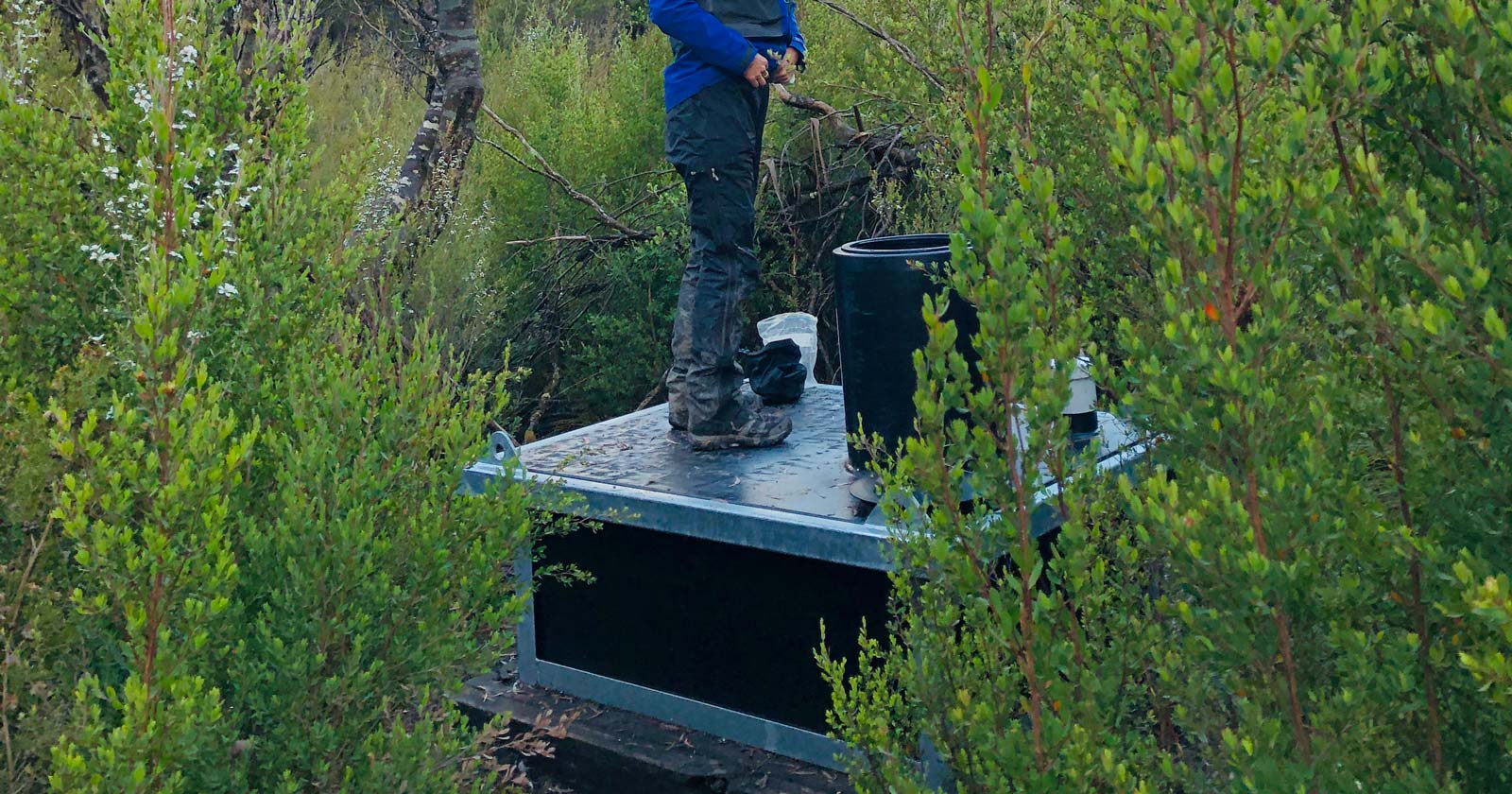
Personal care and hygiene
Hygiene Essentials: Essential items like sunscreen, toilet paper, a small towel, toiletries, and personal medications are crucial for maintaining hygiene and well-being. Biodegradable soap and hand sanitizer help keep you clean in the outdoors. Ziplock bags are versatile for storing small items and keeping them organised.
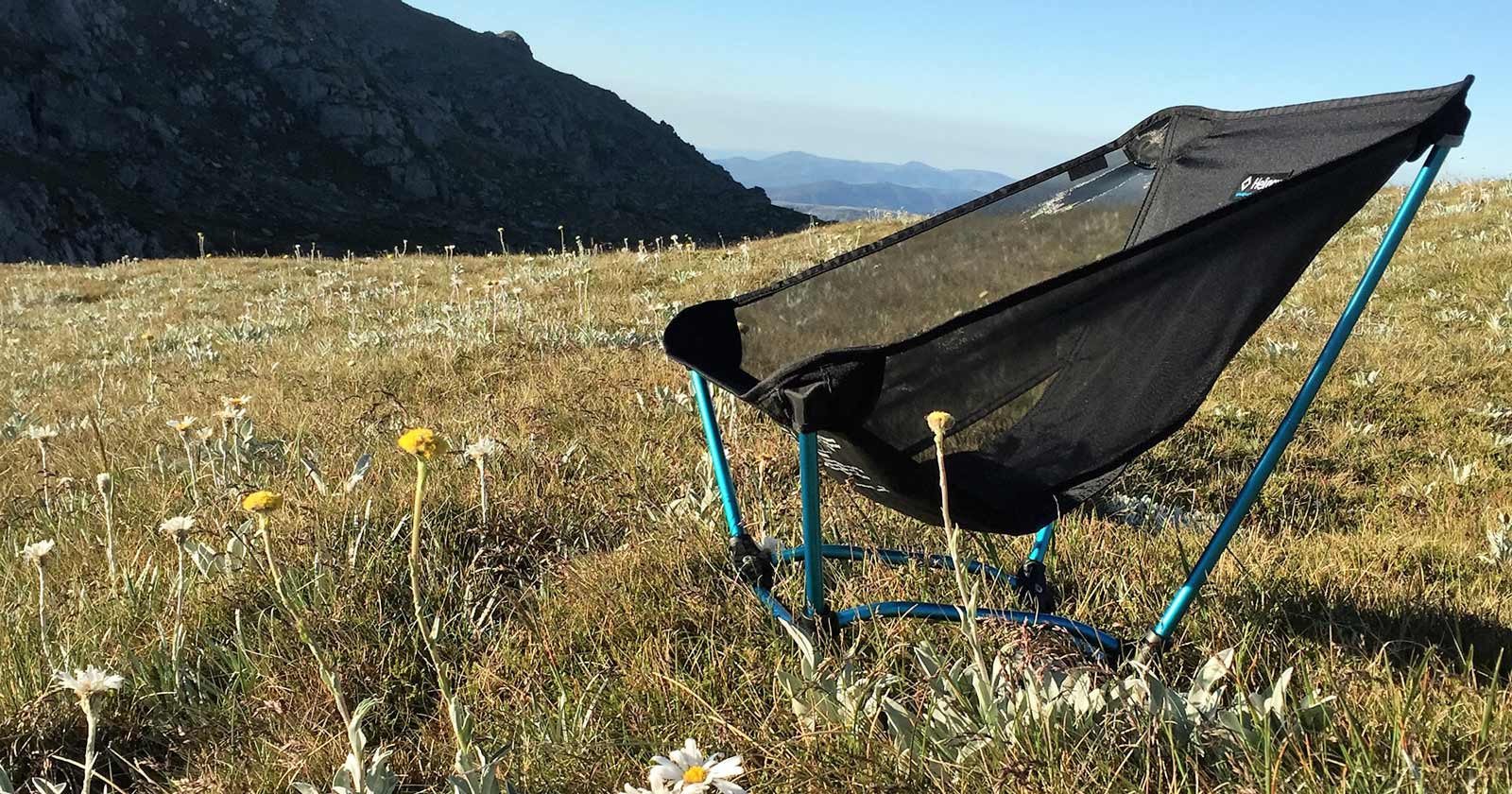
Optional Gear for Enhanced Comfort and Convenience
Additional Gear: Optional gear can enhance your outdoor experience. A camera or smartphone captures memories and can be a valuable tool in emergencies. A lightweight chair or sit pad provides comfort during rest breaks. A headlamp or torch is essential for navigating in low light conditions. A repair kit, spare laces, and sunglasses protect your gear and enhance your overall experience.
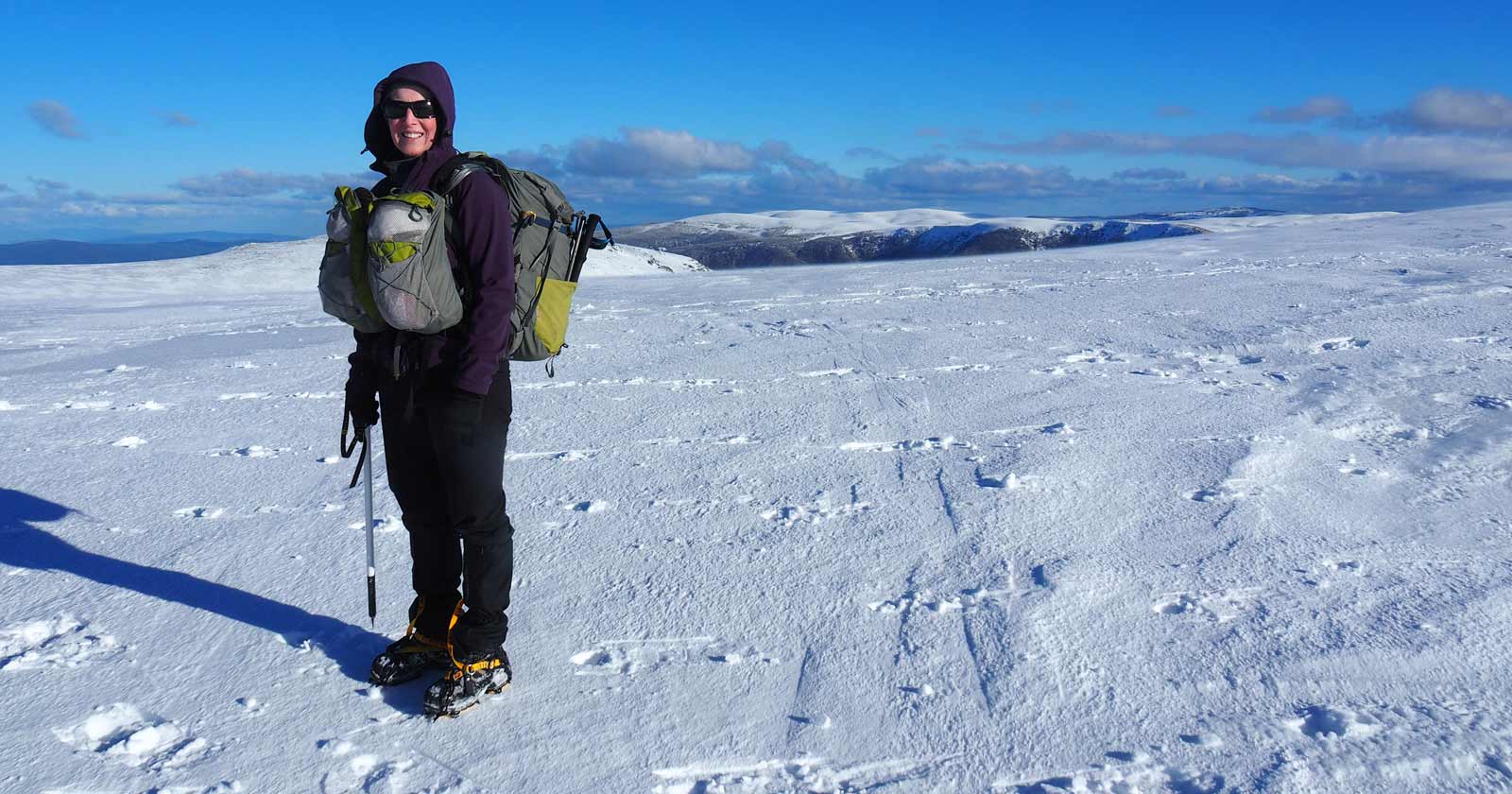
Seasonal considerations
Winter Gear: Winter hikes require specialised gear like crampons, an ice axe, snowshoes, and avalanche safety equipment.
Summer Gear: Summer adventures necessitate items like a lightweight bug net and extra sun protection.
Packing tips and final thoughts
Remember, the key to successful packing is to prioritise lightweight and versatile gear while minimising pack weight. Customise your checklist based on the specific conditions of your hike, and always practice Leave No Trace principles to protect the environment. With careful planning and the right gear, you’ll be well-prepared to embrace the wonders of the outdoors.
To help you stay organised and prepared, I’ve created a downloadable checklist. It covers everything from essential gear to clothing and personal items. Click here to access it.
